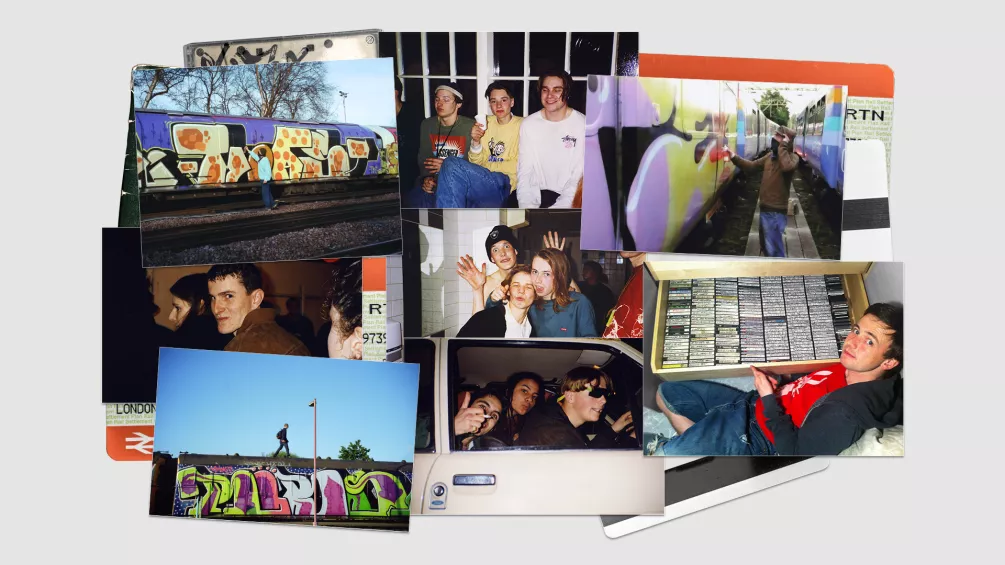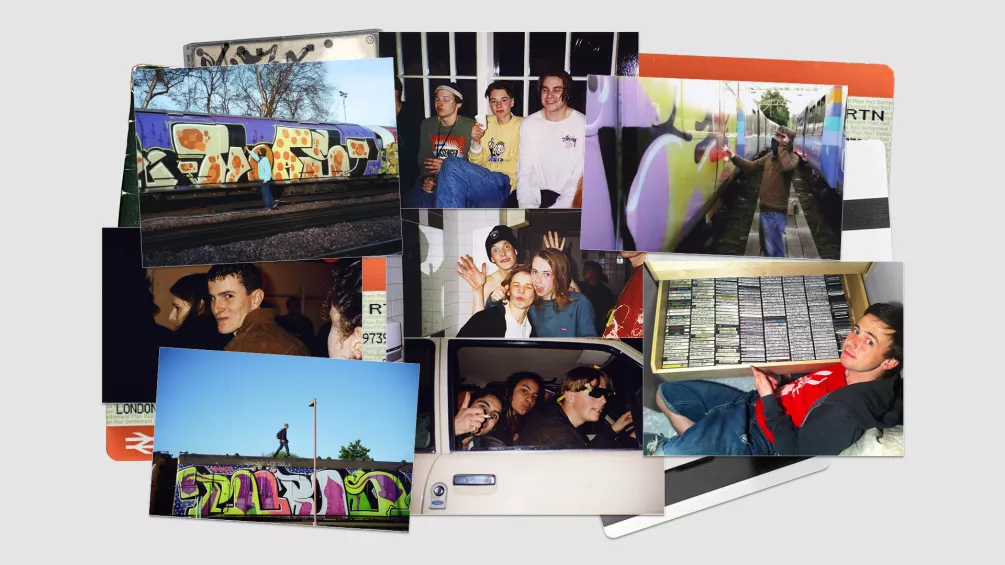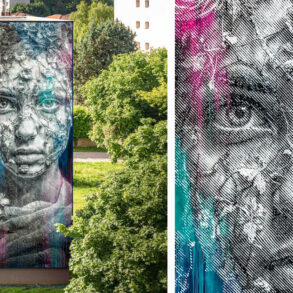
“One of the problems with graffiti, however, was that it was a broadly all-male scene, so when raving entered our lives a couple of years later, it was a breath of fresh air as it dissolved the tropes of adolescent masculinity, and shone a much-needed light into our dim lives,” he continues. “You have to realise that until this point, the closest we’d come to dancing was pumping a fist at a Public Enemy concert and now here we were, wiggling like aliens dodging lasers on dance platforms in futuristic raves.”
When he eventually stopped writing graffiti in the late ’00s, he says there was “a realisation that the subculture’s histories could be rewritten online if left in the wrong hands, leading to a sense of urgency to publish these photos and essays as a way of indexing moments in time and space”.
An original draft of the book was produced back in 2012, when Stead would stay late at work, using just a “photocopier, Pritt Stick, and scissors” to create a “phone book-sized” version. Various publishing deals “came and went” until it was signed to Belgian publisher Alias Press, which specialises in books on graffiti, last year.
“The past 12 months were what I could only describe as falling into a black hole-sized time warp, reliving distant memories, feelings, and emotions,” says Stead. “As an artist, I was used to making public-facing work, but the process of producing a book is a very lonely, time-consuming pursuit that takes up every minute of the day until the deadline arrives. That said, 360 pages didn’t seem enough, so there are already plans in the pipeline for a part two, so watch this space.”
Below, Stead presents a selection of photos from the book that show the youthful exuberance, artistic outpouring, and defiant attitude of the era, from attending parties at the legendary Sterns nightclub, to tagging up homemade rave tapes, and the rebellious nature of painting trains and listening to jungle music.
This post was originally published on this site be sure to check out more of their content.









